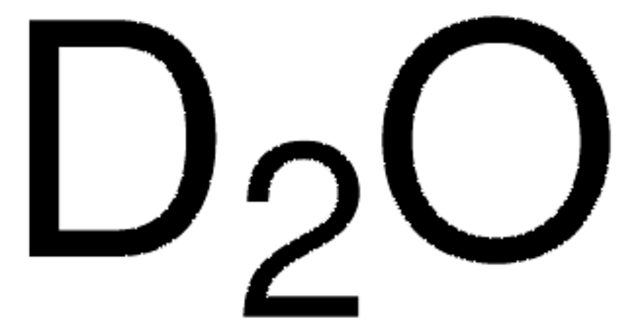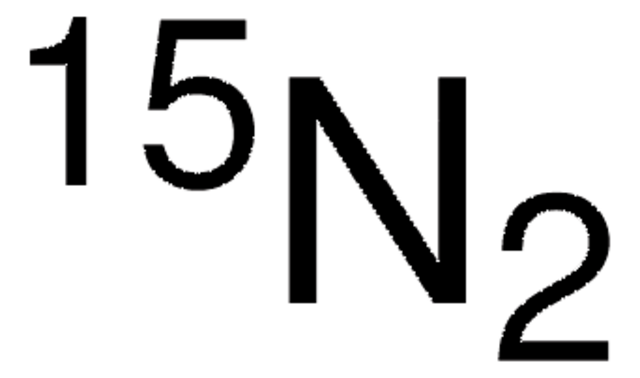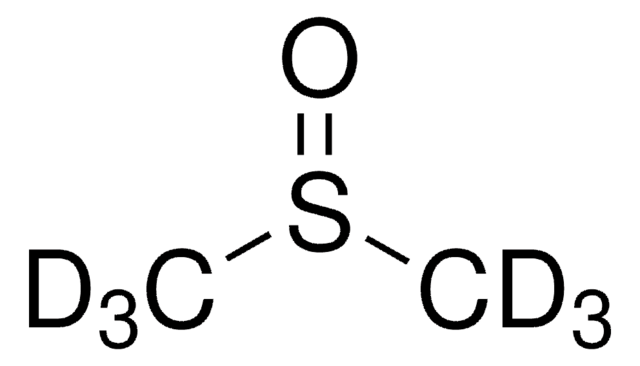31232
Iron(III) chloride hexahydrate
puriss. p.a., reag. Ph. Eur., ≥99%
Synonym(s):
Ferric chloride hexahydrate
Select a Size
About This Item
₩870,769
Recommended Products
Agency
USP/NF
reag. Ph. Eur.
Quality Level
vapor pressure
1 mmHg ( 194 °C)
grade
puriss. p.a.
Assay
≥99%
form
solid
impurities
≤0.001% free chlorine (Cl)
≤0.001% total nitrogen (N)
≤0.05% sub.not precip.b.NH4OH(SO4)
≤0.2% free acid (as HCl)
bp
280-285 °C (lit.)
mp
37 °C (lit.)
anion traces
phosphate (PO43-): ≤100 mg/kg
sulfate (SO42-): ≤50 mg/kg
Looking for similar products? Visit Product Comparison Guide
Related Categories
1 of 4
This Item | 617385 | 151882 | 756822 |
|---|---|---|---|
| technique(s) bio NMR: suitable | technique(s) HPLC: suitable | technique(s) NMR: suitable, bio NMR: suitable | technique(s) HPLC: suitable, bio NMR: suitable, protein expression: suitable |
| isotopic purity 70 atom % D | isotopic purity 99.8 atom % D | isotopic purity 99.9 atom % D | isotopic purity 99.8 atom % D |
| assay ≥69.5% (ATOM % D, qNMR) | assay - | assay - | assay - |
| Quality Level 200 | Quality Level 200 | Quality Level 200 | Quality Level 200 |
| form liquid | form liquid | form liquid | form liquid |
| storage temp. room temp | storage temp. - | storage temp. room temp | storage temp. room temp |
General description
Application
Signal Word
Danger
Hazard Statements
Precautionary Statements
Hazard Classifications
Acute Tox. 4 Oral - Eye Dam. 1 - Skin Irrit. 2
Storage Class Code
11 - Combustible Solids
WGK
WGK 1
Flash Point(F)
Not applicable
Flash Point(C)
Not applicable
Choose from one of the most recent versions:
Already Own This Product?
Find documentation for the products that you have recently purchased in the Document Library.
Customers Also Viewed
Our team of scientists has experience in all areas of research including Life Science, Material Science, Chemical Synthesis, Chromatography, Analytical and many others.
Contact Technical Service





